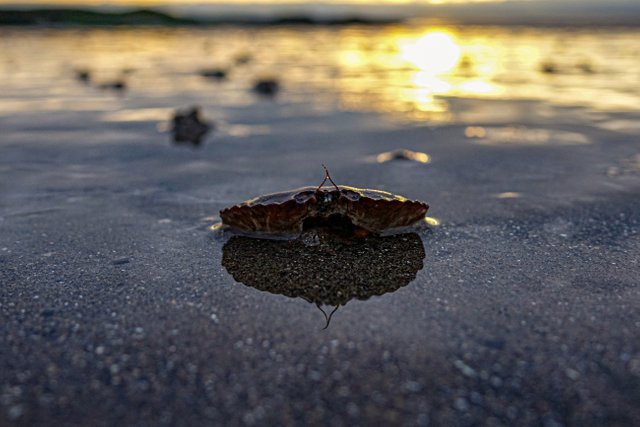
Hello my dear Steemians,
This is the new account “Planetwild” by @stef1 and @myskye. This account is about collecting Steem for the PlanetWild project. That's why I'm going to post once a day. Everything we get together here (Steem, SBD, SP) goes to the project. Then let's see what we can do here...
We always enjoy vacationing on the Dutch North Sea coast ( Wadden Sea ). I went there many times as a child and watched the seals, but of course they exist here in Scotland too :-)
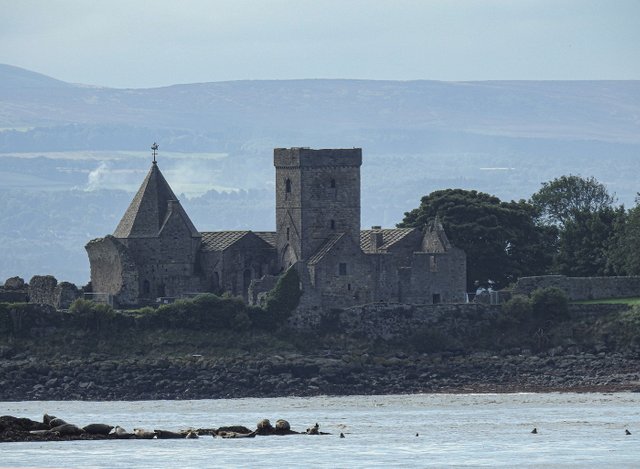
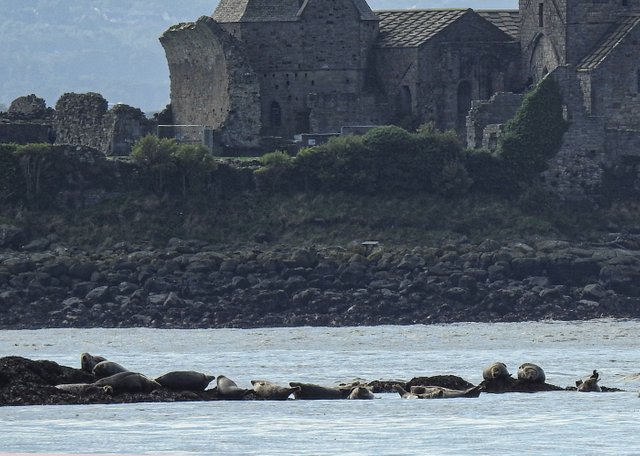
The Wadden Sea is a large coastal wetland and estuary located in the eastern part of the North Sea, stretching from the Netherlands, through Germany, to Denmark. It is known for its rich biodiversity and unique landscape, including tidal flats, sandbanks, and salt marshes. The Wadden Sea is also an important habitat for many species of birds, seals, and fish, making it a significant area for conservation.
Harbor seals and grey seals are both species of seals found in the northern hemisphere. They share some similarities, such as being marine mammals and having similar body shapes with flippers and blubber to help them swim and regulate body temperature. However, they also have distinct differences, with harbor seals being smaller in size, having shorter heads, and inhabiting coastal areas, while grey seals are larger, have longer noses, and are known to frequent more open waters.
The harbor seal and the grey seal are both currently facing threats and are considered endangered species. Issues such as habitat loss, pollution, and climate change have all contributed to their decline. Conservation efforts and strict protection measures are necessary to ensure their survival in the future.


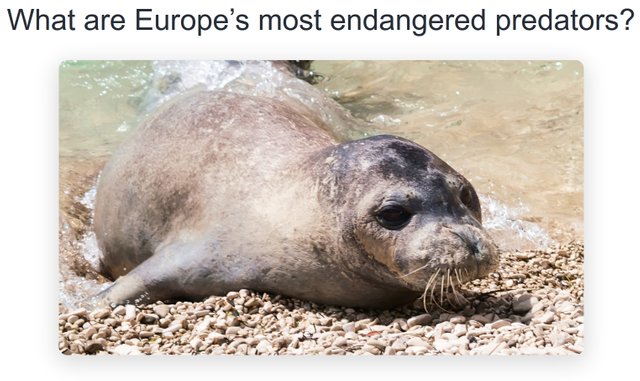
When you think of endangered predators, you might conjure images of tigers, lions, Grizzly bears, and Great White sharks — animals that tend to live in warmer or more far-flung corners of the Earth. But did you know that Europe also has several predators facing an uncertain future?
22.7% of all assessed species in Europe are now threatened with extinction. Over the last 100 years, Europe has lost many large mammals, including the Pyrenean ibex, Sicilian wolf, free-ranging tarpan and Caspian tiger. Since 2015, 36 more species have been declared extinct on the continent.
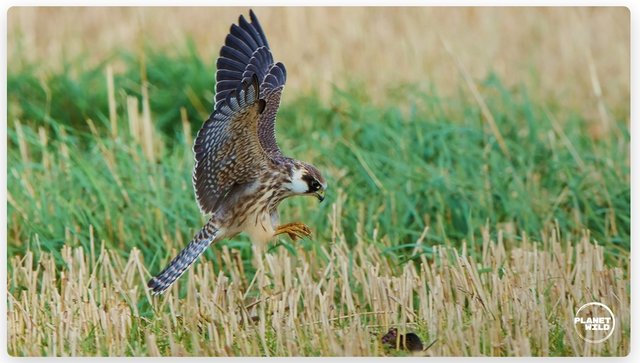
Unfortunately, Europe has a long list of endangered animals — including those at the top of the food chain. Many predators are keystone species, meaning they have a really big impact on their ecosystem, so their loss is heavily felt. This is because predators perform a number of important jobs to support healthy biodiversity:

 .
.




Thank you, friend!


I'm @steem.history, who is steem witness.
Thank you for witnessvoting for me.
please click it!
(Go to https://steemit.com/~witnesses and type fbslo at the bottom of the page)
The weight is reduced because of the lack of Voting Power. If you vote for me as a witness, you can get my little vote.
Downvoting a post can decrease pending rewards and make it less visible. Common reasons:
Submit